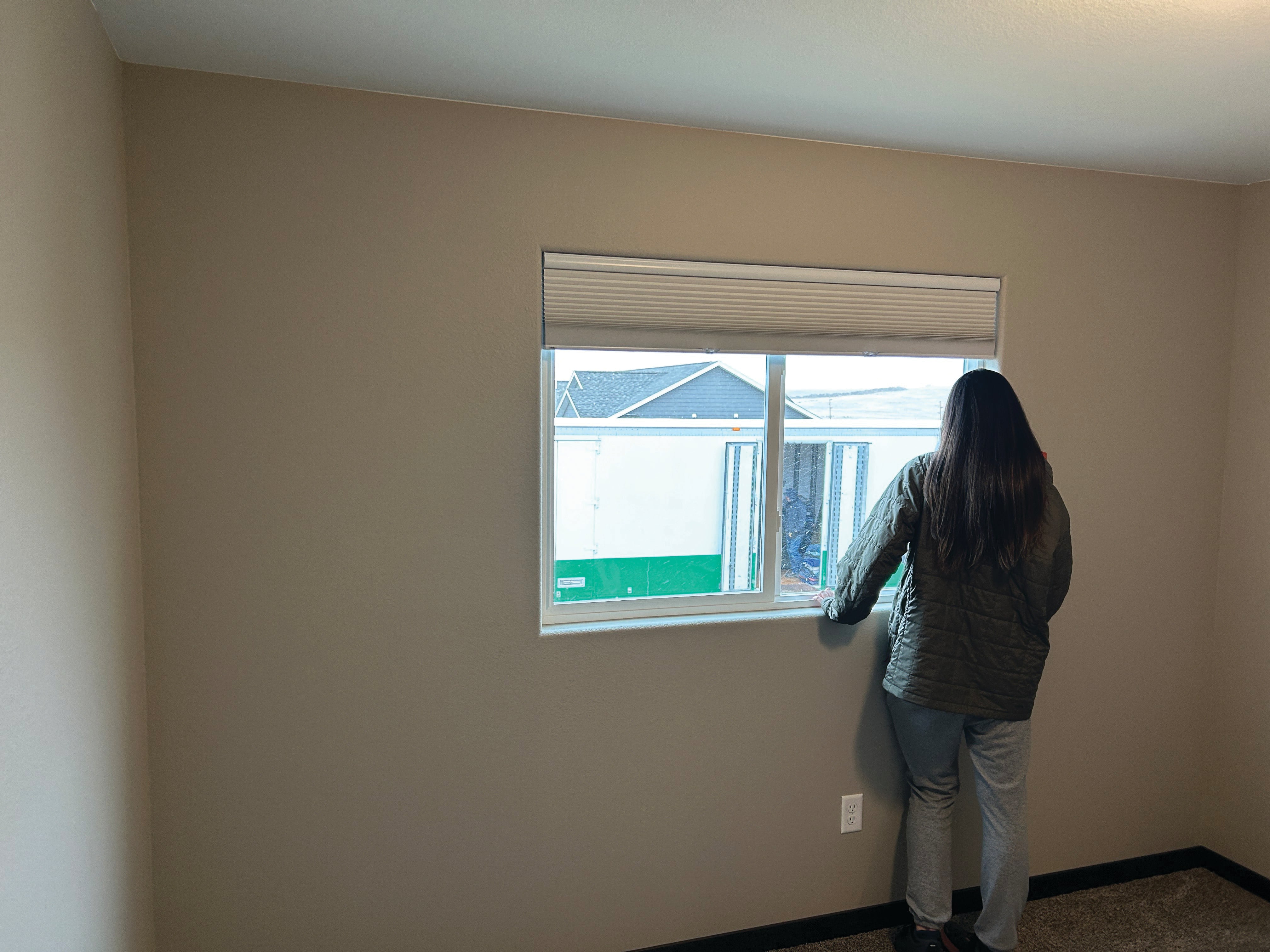WASHINGTON — The U.S. Air Force may be unable to buy the eight F-15EX planes it plans to purchase in fiscal 2020 unless it submits a series of program details to Congress, according to provisions in proposed legislation.
A draft version of the House Armed Services Committee’s defense authorization bill would permit the Air Force to procure two F-15EX prototypes in FY20. HASC staffers who spoke with reporters Monday would not confirm whether the committee had authorized the purchase of all eight fighter jets requested by the service.
However, the bill proposal states that the remaining FY20 funding for the program will only be obligated after the Air Force submits details such as:
- The program acquisition strategy.
- A cost and schedule baseline for the program.
- A test and evaluation master plan.
- A life cycle sustainment plan.
- A post-production fielding strategy.
HASC follows its Senate counterpart and the House Appropriations Committee in releasing its defense budget proposal, and its approach on the F-15EX differs from both committees, which recommended full funding to purchase eight jets made by Boeing.
However, the limitations on the F-15EX are not set in stone. The House and Senate still must pass their respective versions of the defense authorization bill, and once that happens, lawmakers from both chambers will have to compromise on a final version of the legislation — which may not include this language.
Even if kept in, HASC’s provisions indicate some support for buying new F-15EX planes, and thus do not pose an existential threat to the program.
RELATED
Air Force leaders have made clear that buying more F-15s is a budget-conscious choice that allows the service to replace existing "C" and "D" models that are reaching the end of their service lives.
One of the benefits to this approach, said Air Combat Command chief Gen. Mike Holmes, is that Air National Guard squadrons that get the F-15EX won’t have to go through a lengthy retraining period for pilots and maintainers to learn a completely new airframe.
“There’s more to think about than just the acquisition cost. There’s the cost to operate the airplane over time. There’s the cost to transition at the installations where the airplanes are — does it require new military construction, does it require extensive retraining of the people, and then how long does it take?” Holmes said in February. “We’re pretty confident to say that we can go cheaper getting 72 airplanes with a mix of fifth- and fourth-[generation aircraft] than we did if we did all fifth gen.”
Valerie Insinna is Defense News' air warfare reporter. She previously worked the Navy/congressional beats for Defense Daily, which followed almost three years as a staff writer for National Defense Magazine. Prior to that, she worked as an editorial assistant for the Tokyo Shimbun’s Washington bureau.





